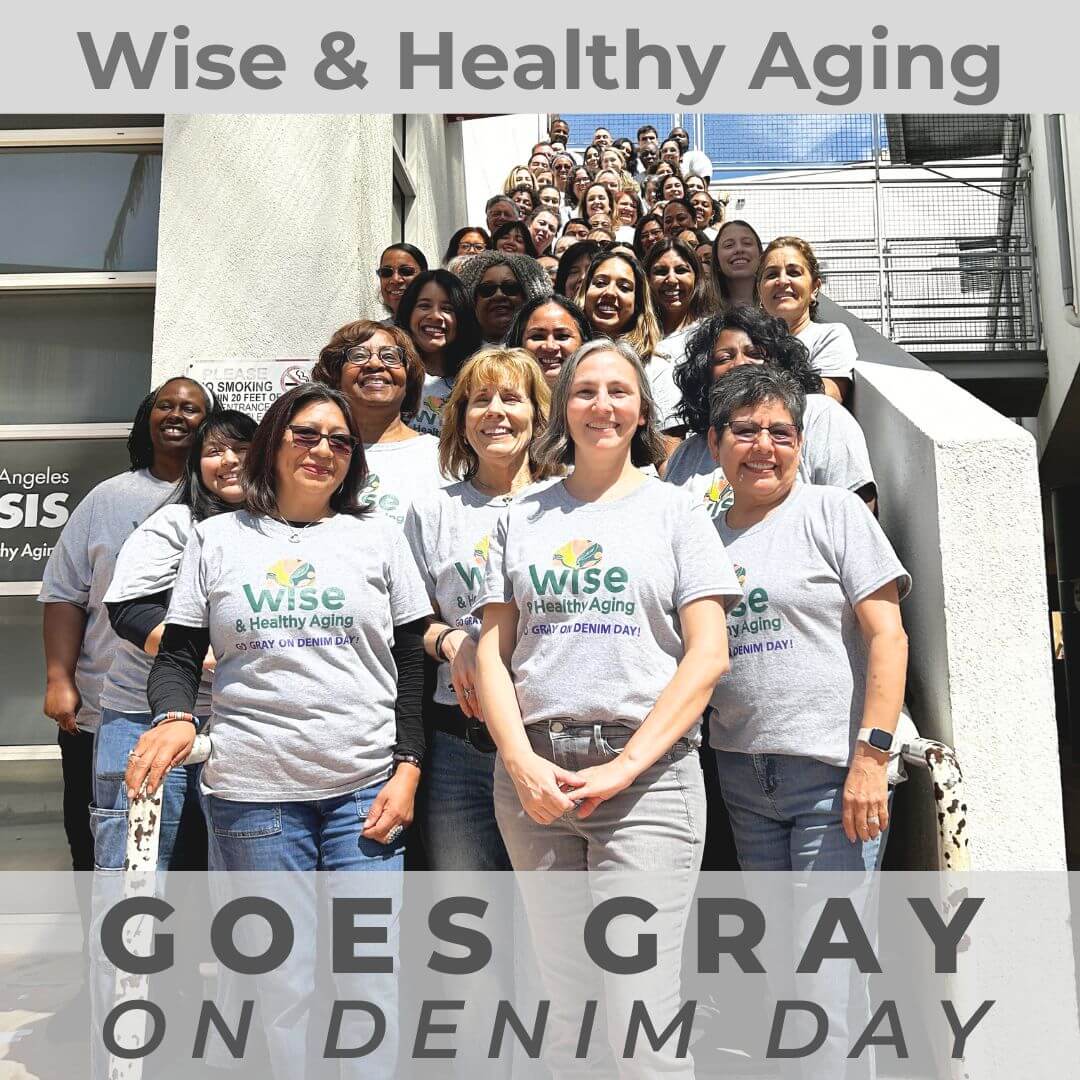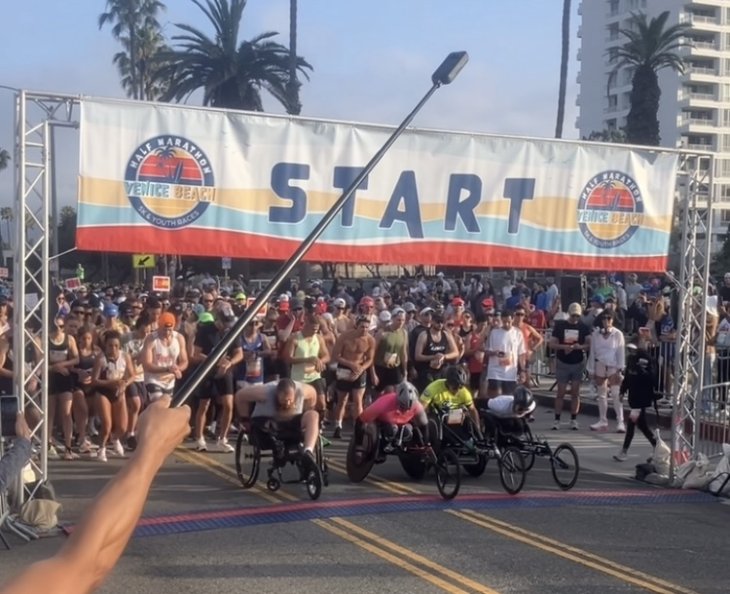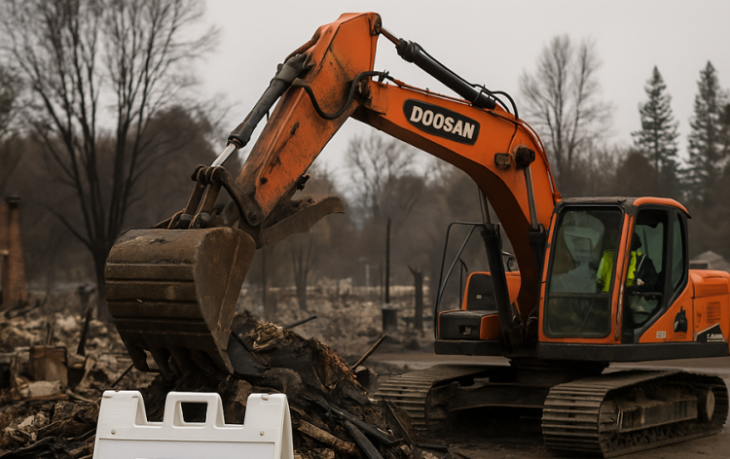In observance of April’s Sexual Assault Awareness Month, a nonprofit that advances the dignity and quality of life for older adults, wore the color gray on Denim Day, April 24, to shed light on sexual abuse that is chronically underreported and under identified in the aging community.
As an organization, WISE & Healthy Aging started participating in Denim Day, an international campaign designated to protest erroneous and destructive attitudes about sexual assault, in 2018.
Denim Day in Los Angeles was founded in 1999, when a rape conviction was overturned in Italy because the victim was wearing tight jeans that could only be removed by her, which, to the courts, implied consent. Roman Parliamentarians were furious, and coined the term, “jean alibi.” California lawmakers wore jeans on the steps of the State Capitol in Sacramento in solidarity with the Roman legislators.
“We started wearing gray to help elevate the awareness of older sexual assault survivors, because there are misconceptions — that older people are immune to sexual assault, but that’s not the case. Sexual assault is about power and control, and that makes older people sometimes the target of someone who is trying to assert power and control,” said WISE President and CEO, Molly Davies.
Not only did the organization wear denim in support of Denim Day, but the gray shirts support added awareness of sexual violence among the aging population.
“To us, it helps elevate the voice of older survivors and really, it’s a conversation starter. Participating in this campaign opens the door to raise awareness, it normalizes having those uncomfortable conversations to encourage healing,” Davies said. “Not only do survivors of sexual assault get older, but also sexual assault happens to older adults.”
Sexual violence is one of the many forms of abuse that WISE & Healthy Aging works to eliminate. Through leadership, advocacy and its wide range of innovative services, the organization advances the dignity and quality of life of older adults.
“When you see one form of abuse — financial, neglect, physical, sexual — there’s often more than one occurring at a time. It’s known that one in 10 older adults experience some sort of abuse and when you think about the impact it has on the victim, it should raise concern for all members of the community,” said Miles McNeeley, Vice President of Elder Abuse Prevention at WISE.
A person experiencing elder abuse is three times more likely to die, twice as likely to be hospitalized, and physical and mental health deterioration is greater when abuse is occurring, McNeeley said.
Elder abuse is often not reported, for fear of loss of autonomy or decision making, but McNeeley said it is important to report, so a plan of action can be developed.
“Financial abuse or exploitation can be violating and stigmatized by society, it affects people so deeply, so we have support groups in place for older adults to share their experiences and get support,” McNeeley said.
When elder abuse is suspected, it is important to contact the appropriate agency depending on whether the abuse occurred in a nursing home, assisted living facility, or in the home. For more information on how to recognize the signs of abuse and where to report it, go to the Elder Justice Guide at wiseandhealthaging.org.
To investigate abuse, WISE has a team of advocates and a multidisciplinary team in place to review cases and garner solutions, in addition to its Long-Term Care Ombudsman Program that serves as advocates for seniors and adults with disabilities in nursing homes and assisted living facilities. For more information on Wise & Healthy Aging and resources, visit wiseandhealthyaging.org.


























